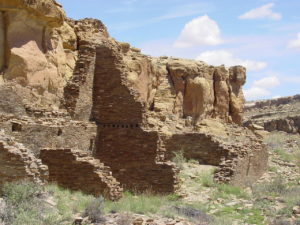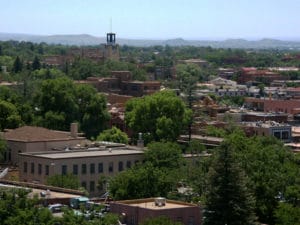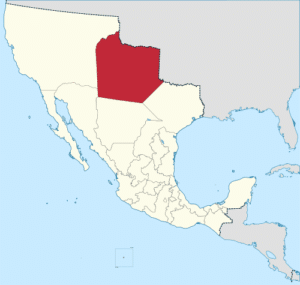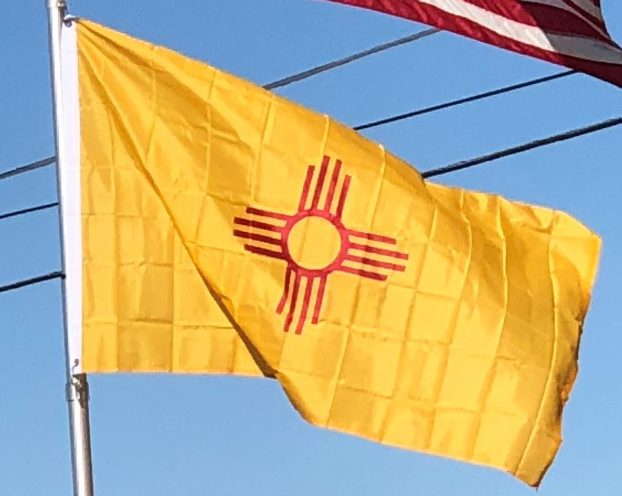
Juan de Oñate officially established the name when he was appointed the first governor of the new Province of New Mexico in 1598. The same year, he founded the San Juan de los Caballeros colony, the first permanent European settlement in the future state of New Mexico, on the Rio Grande near Ohkay Owingeh Pueblo. Oñate extended El Camino Real de Tierra Adentro, Royal Road of the Interior, by 700 miles from Santa Bárbara, Chihuahua, to his remote colony.
European Settlement:
The settlement of Santa Fe was established at the foot of the Sangre de Cristo Mountains, the southernmost subrange of the Rocky Mountains, around 1608.

The city, along with most of the settled areas of the state, was abandoned by the Spanish for 12 years (1680–92) as a result of the successful Pueblo Revolt. After the death of the Pueblo leader Popé, Diego de Vargas restored the area to Spanish rule. While developing Santa Fe as a trade center, the returning settlers founded Albuquerque in 1706 from existing surrounding communities, naming it for the viceroy of New Spain, Francisco Fernández de la Cueva, 10th Duke of Albuquerque.
Mexican Rule:
As a part of New Spain, the claims for the province of New Mexico passed to independent Mexico in 1821 following the Mexican War of Independence. The Republic of Texas claimed the portion east of the Rio Grande when it seceded from Mexico in 1836, when it incorrectly assumed the older Hispanic settlements of the upper Rio Grande were the same as the newly established Mexican settlements of Texas. Texas’s only attempt to establish a presence or control in the claimed territory was the failed Texan Santa Fe Expedition. Their entire army was captured and jailed by Hispanic New Mexico militia.

At the turn of the 19th century, the extreme northeastern part of New Mexico, north of the Canadian River and east of the Sangre de Cristo Mountains, was still claimed by France, which sold it in 1803 to the United States as part of the Louisiana Purchase. The United States assigned this portion of New Mexico as part of the Louisiana Territory until 1812; that year Louisiana was admitted as a state. The US then reclassified this area as part of the Missouri Territory. This region of the state (along with territory that makes up present-day southeastern Colorado, the Texas and Oklahoma Panhandles, and southwestern Kansas) was ceded to Spain under the Adams-Onis Treaty in 1819.
The independent Republic of Texas also claimed this portion of New Mexico. By 1800, the Spanish population had reached 25,000, but Apache and Comanche raids on Hispanic settlers were common until well into the period of U.S. occupation.
United States Rule:
Following the victory of the United States in the Mexican–American War (1846–48), under the Treaty of Guadalupe Hidalgo in 1848, Mexico ceded its northern holdings, today known as the American Southwest and California, to the United States of America. The United States vowed to accept the residents’ claims to their lands and to accept them as full citizens with rights of suffrage. This acquisition of territory and residents resulted in Mexicans legally being classified as white, since at that time, in most of the southern United States, only whites could vote. Nevertheless, Texas and other western states raised barriers to voting and political participation by ethnic Mexicans, including barring them from serving on juries.
